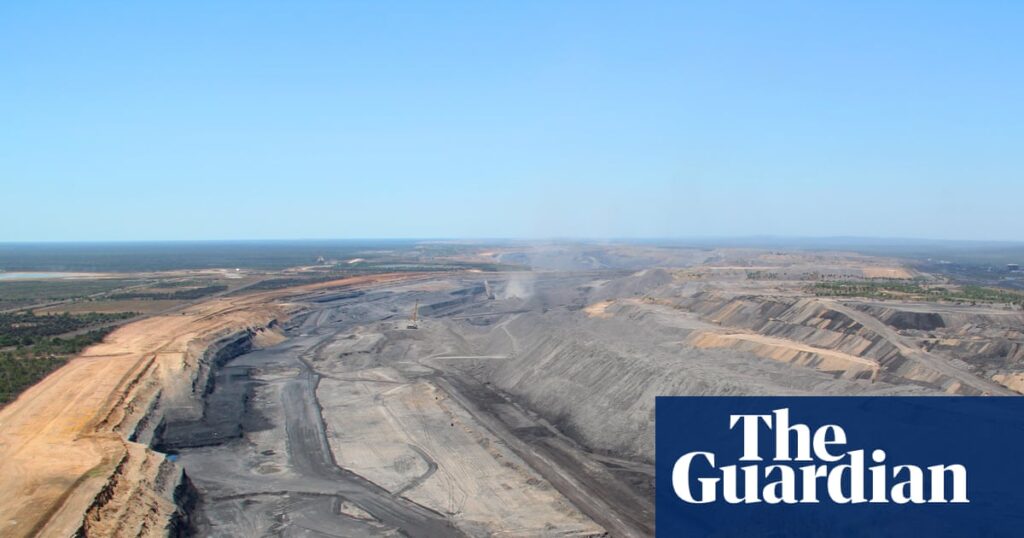
The town of Dysart in central Queensland is no stranger to the ebb and flow of mining workforces. However, the recent announcement by BHP Mitsubishi Alliance (BMA) to mothball the Saraji South coalmine by November has sent ripples of concern through the community. This decision will see 750 roles slashed across the state, with 72 directly affecting coal production jobs.
“The closure of a mine is always a concern around here,” explains Toby Teelow, a local baker. “Because the town only survives when the mines are open. There’s nothing else in the town. There’s no other sustainable business without the influx of mining.”
While the larger Saraji metallurgical coalmine complex will continue operations, the impact of losing dozens of jobs in a town founded in 1973 to service the coal industry is significant. At the last census in 2021, Dysart had a population of about 2,900, with over 41% of its workforce employed in coal mining.
The Economic Impact on Dysart
With a workforce heavily reliant on mining, the economic ramifications of the Saraji South coalmine closure are profound. Dysart’s economy is tightly interwoven with the fortunes of the mining sector, and the loss of jobs will likely affect local businesses.
Hitesh Patel, who runs a café and pizza shop with his wife, notes the uncertainty. “Business … it’s OK, but I can’t tell you it’s steady,” he says. “Up and down, up and down.” Patel, who relocated from Melbourne, is already bracing for a more sporadic business environment as more mine workers choose to fly in and out.
Meanwhile, Toby Teelow, who transitioned from being a butcher in Toowoomba to a baker in Dysart, recalls the positive impact when Saraji South ramped up production after an eight-year hiatus. “That definitely brought people to the town,” he says. “And more people in town means more business.”
Community Resilience and Adaptation
Despite the challenges, Dysart’s community has shown resilience. Local businesses are preparing for the slowdown, but they remain hopeful. The town’s adaptability is evident in how residents like Teelow and Patel have adjusted their lives and businesses in response to the mining sector’s fluctuations.
One unexpected beneficiary of the economic shifts is Vinnies, the local op shop. A volunteer, who prefers to remain anonymous, describes the weekly influx of unwanted goods, often brand new. “Mondays are exhausting every week,” she says. “It’s overwhelming. Look, this town, they come and go.”
“Now that it is out in the open, we don’t know when the influx of more unwanted goods and donations will be coming in,” the volunteer adds. “Next week? We don’t know.”
Looking Forward: Challenges and Opportunities
The announcement of the mine’s closure has been a topic of discussion for months, and now that it’s official, the community is left to ponder its future. With a younger, predominantly male population earning nearly double the average Queensland wage, the economic stakes are high.
Experts suggest that diversification of the local economy could mitigate the impact of such closures. However, achieving this in a town so dependent on mining presents significant challenges. The town’s leadership and business community are likely to explore new opportunities to attract investment and create alternative employment pathways.
As Dysart navigates through this period of uncertainty, the resilience and adaptability of its residents will be crucial. The town’s history of overcoming economic challenges may serve as a foundation for building a more diversified and sustainable future.
For now, the community braces for the changes ahead, with a cautious optimism that has defined Dysart’s spirit for decades.







